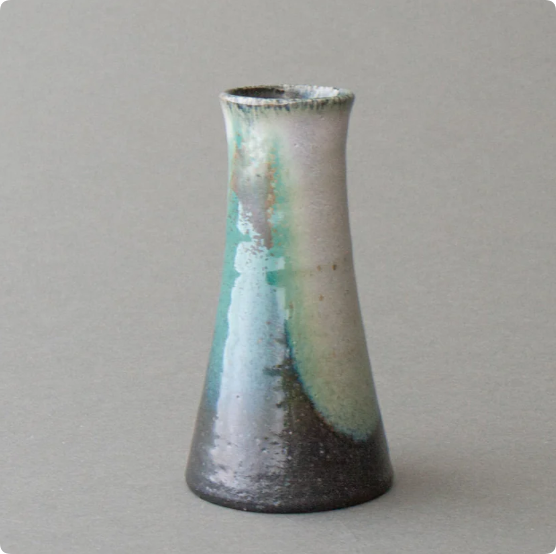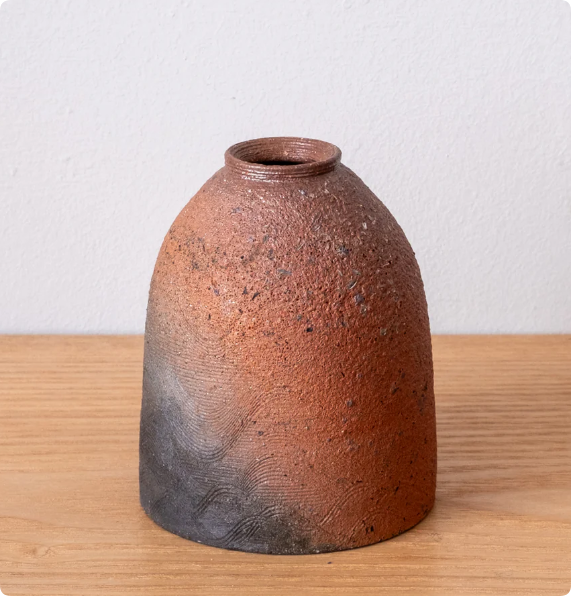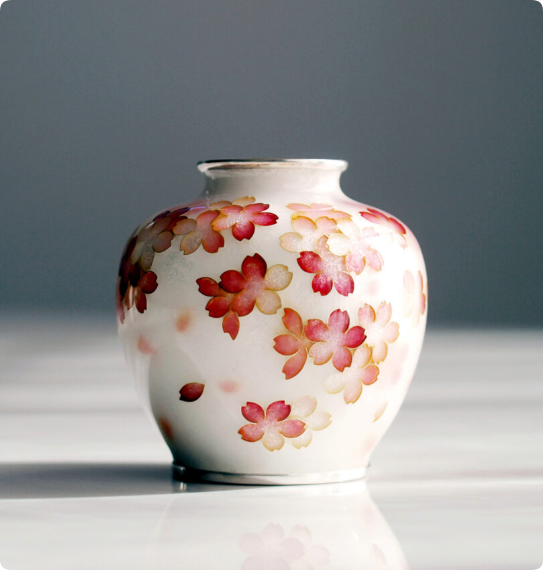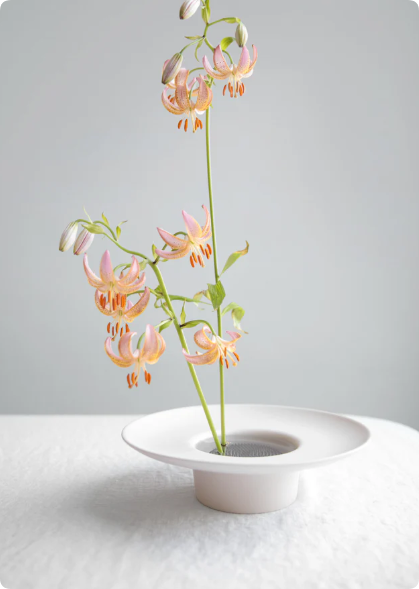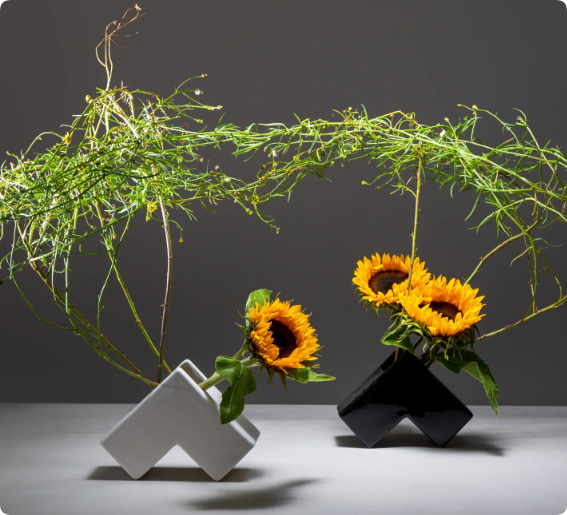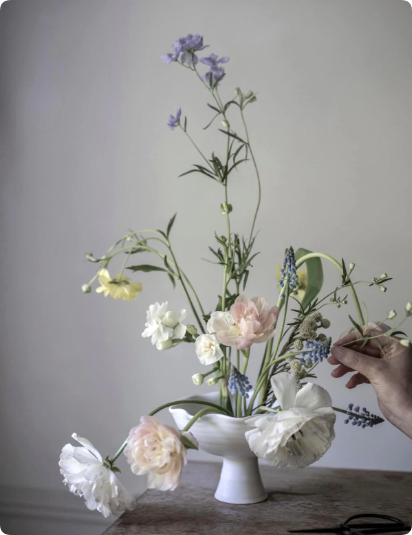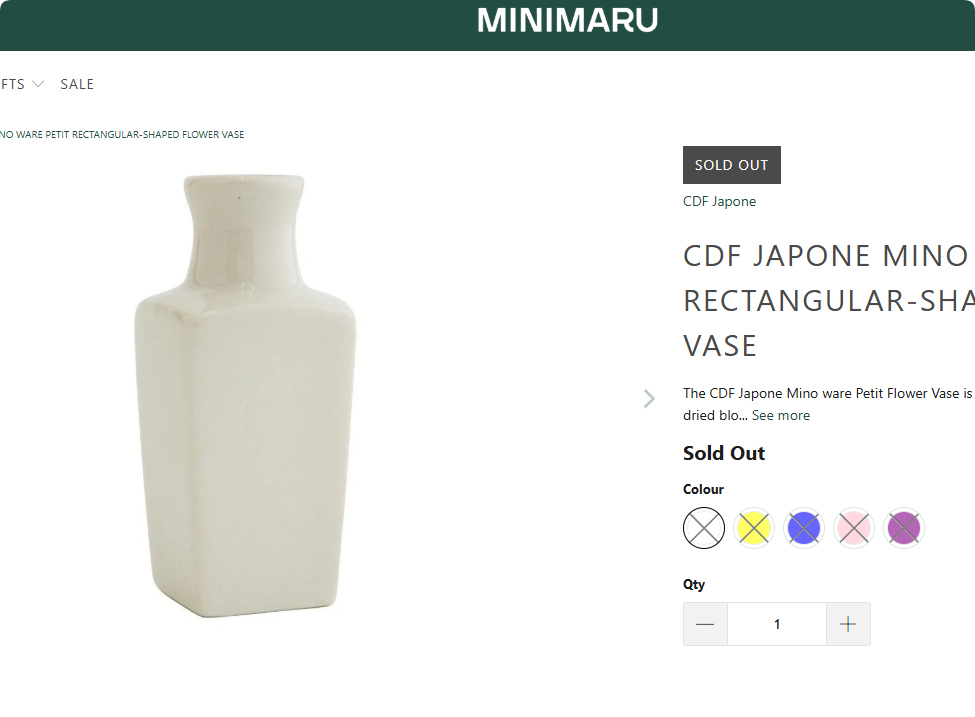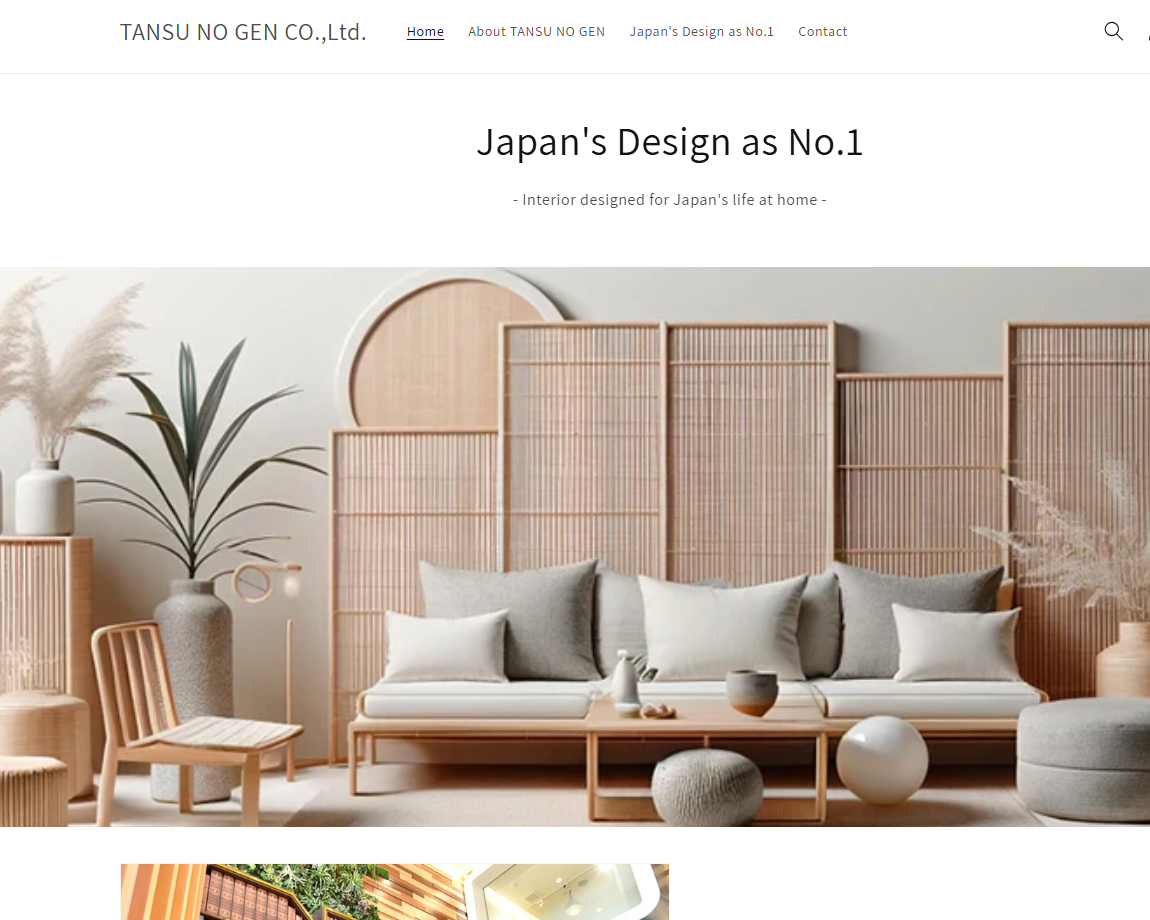Ceramic vases are not just decorative items; they play an essential role in home and garden decor in Japan. Whether in traditional Japanese home styles or modern minimalist spaces, ceramic vases breathe life and personality into a room. As a leading global ceramics manufacturer, Hale specializes in high-quality ceramic garden planters, vases, and home decor items, catering to home and garden retailers, gift suppliers, and cross-border e-commerce sellers worldwide. In this article, we will explore the unique role of ceramic vases in Japanese home and garden decor, how choosing the right vase can enhance the overall aesthetic, and recommend several notable ceramic vase brands.
1. The Relationship Between Ceramic Vases and Japanese Home Culture
In Japanese home design, ceramic vases are more than just beautiful decor; they carry deep cultural significance. Japanese interior design emphasizes simplicity and nature, with a focus on harmony, and vases often symbolize a respect for the beauty of nature.
1.1 Japanese Aesthetics and the Integration of Ceramic Vases
Japanese “wa-fu” aesthetics prioritize the integration of natural elements into the home. Ceramic vases are commonly used to display fresh flowers, branches, or dried flowers. Traditional Japanese interior design often incorporates natural materials such as wood, stone, and ceramics, creating a warm, peaceful living environment. Ceramic vases are not merely containers for flowers; they also serve to set the mood of the space. For example, the traditional Japanese Ikebana floral arrangement emphasizes using simple, rhythmical ceramic vases to showcase the elegance of the flowers.
1.2 Ceramic Vases in Modern Japanese Homes
As Japanese home design evolved toward modernity, ceramic vases also embraced more diverse styles. Contemporary Japanese homes tend to favor minimalist, clean designs, with ceramic vases featuring smoother lines and more muted, single-tone colors. This design style preserves Japan’s traditional reverence for natural beauty while complementing the simplicity of modern interiors.
2. The Role of Ceramic Vases in Japanese Garden Decor
Ceramic vases also hold an important place in Japanese garden decor. Whether used for indoor plants or as outdoor garden accents, ceramic vases are both beautiful and functional.
2.1 Indoor Flower Arrangements
In Japan, ceramic vases play a significant role in indoor flower arrangements. Especially in more traditional Japanese interiors, ceramic vases are used to hold seasonal flowers such as cherry blossoms, chrysanthemums, and plum blossoms. These flowers bring different aesthetic pleasures throughout the year, and ceramic vases are the key vessel to showcase this natural beauty within the home.
2.2 Ceramic Vases in Garden Design
In Japanese garden design, ceramic vases are often used as decorative elements in courtyards and terraces. Their durability and aesthetic appeal make them an ideal choice for outdoor spaces. Japanese gardens focus on creating a tranquil and serene atmosphere, and ceramic vases serve as a key feature to elevate the beauty and overall ambiance of the garden.
3. Design Trends and Innovations in Ceramic Vases
As design trends continue to evolve, ceramic vases in Japan also undergo constant innovation. From traditional handcrafting to modern industrial production, the design of ceramic vases has become increasingly varied.
3.1 Natural Style and Minimalist Design
Natural style is one of the most popular trends in contemporary ceramic vase design. This style emphasizes the representation of natural elements such as organic designs, earth-toned glazes, and hand-carved textures. These vases have a simple, natural appearance, making them a perfect match for various home decor and garden designs.
3.2 High-Tech and Modern Craftsmanship
In addition to traditional handcraft techniques, modern ceramic vase designs also incorporate high-tech elements. For instance, 3D printing technology is used for personalized designs, or more durable ceramic materials are used, especially for outdoor applications. With the increasing awareness of sustainability, many ceramic vases are now made from eco-friendly materials, meeting the modern consumer’s demand for environmentally conscious products.
4. How to Choose the Right Ceramic Vase
Selecting the right ceramic vase is key to enhancing both home and garden decor. Here are several factors to consider when choosing a vase:
| Choosing Factor | Traditional Style | Modern Style | Outdoor Use |
|---|---|---|---|
| Design Style | Simple, natural, focusing on fine detailing | Clean, spacious, emphasizing smooth lines and functionality | Durable, suitable for outdoor environments, diverse designs |
| Material | Handcrafted ceramics, earthy tones | Exquisite ceramics, smooth surfaces, uniform colors | Heat-resistant, freeze-resistant, and water-resistant ceramics |
| Use | Indoor flower arrangements, Ikebana displays | Home decor pieces, standalone ornaments | Outdoor plant displays, garden accents |
| Color and Size | Natural hues, smaller sizes, emphasizing floral pairings | Single-tone, metallic shades, larger sizes | Darker hues, suited to natural landscapes |
5. Recommended Brands
Several ceramic vase brands in Japan are well-known for their fine craftsmanship and unique design styles:
- Tansu
Known for their traditional craftsmanship, Tansu ceramic vases feature exquisite natural beauty with a deep connection to Japanese culture. Each vase is handcrafted, making it a one-of-a-kind piece. These vases are often used in high-end home decor settings. - Sakai Kōbō
Sakai Kōbō specializes in modern ceramic techniques, particularly using innovative glazes and designs. Their vases blend traditional aesthetics with contemporary elements, making them ideal for both Ikebana arrangements and home decor. - Noritake
Noritake is a globally recognized brand that is famous for its elegant ceramics. Their ceramic vases are often made with fine porcelain and boast intricate designs. They are perfect for modern Japanese interiors and high-end gift markets. - Hasami
Hasami is known for its minimalist designs that reflect Japanese simplicity. Their ceramic vases are characterized by smooth lines and neutral tones, making them perfect for contemporary home decor and showcasing seasonal flowers. - Mino Ware
Mino Ware is one of Japan’s most iconic ceramic brands, known for blending handcrafting and modern techniques. Their vases are colorful and feature unique glaze effects, making them suitable for both indoor and outdoor decor.
FAQ
Q1: How should I pair ceramic vases with different types of flowers?
When pairing ceramic vases with flowers, consider the shape and color of the vase. For larger flower arrangements, opt for taller vases, while smaller flowers look best in low, wide vases.
Q2: Do ceramic vases for outdoor use require special protection?
Yes, ceramic vases used outdoors need to be durable and weather-resistant. Choose vases made from high-quality ceramics with water-resistant coatings to prolong their lifespan.
Q3: What are the characteristics of Japanese home decor?
Japanese home decor emphasizes simplicity, natural beauty, and functionality. Neutral colors dominate, and furniture and decor items prioritize practicality and understated elegance.
Conclusion
Ceramic vases play an integral role in both Japanese home and garden decor. They not only enhance the aesthetic appeal of a space but also convey a deep respect for nature. When selecting ceramic vases, it’s important to consider design style, materials, and intended use. By carefully choosing and pairing vases, you can add a unique charm to your home or garden. Hale offers a wide range of high-quality ceramic vases to meet the needs of global buyers. Feel free to contact us for more information!

